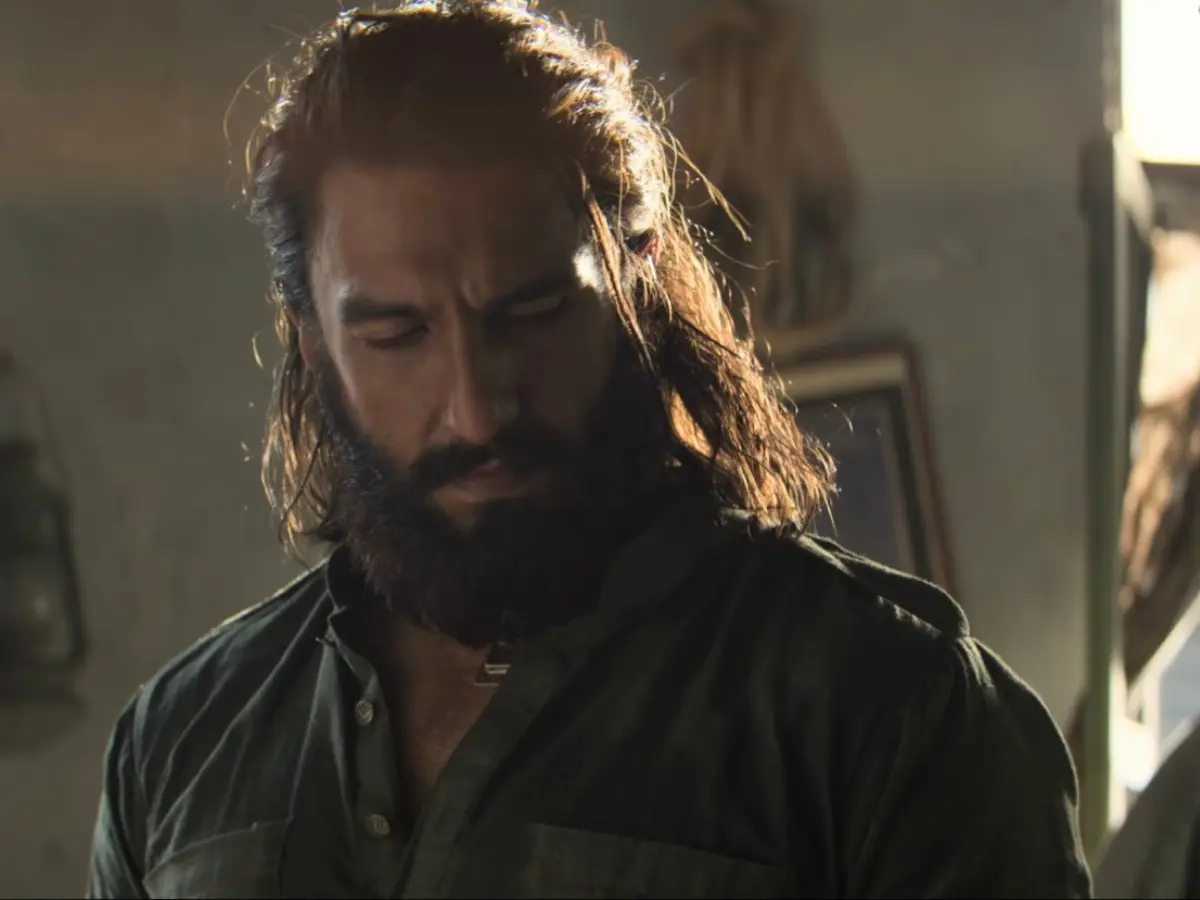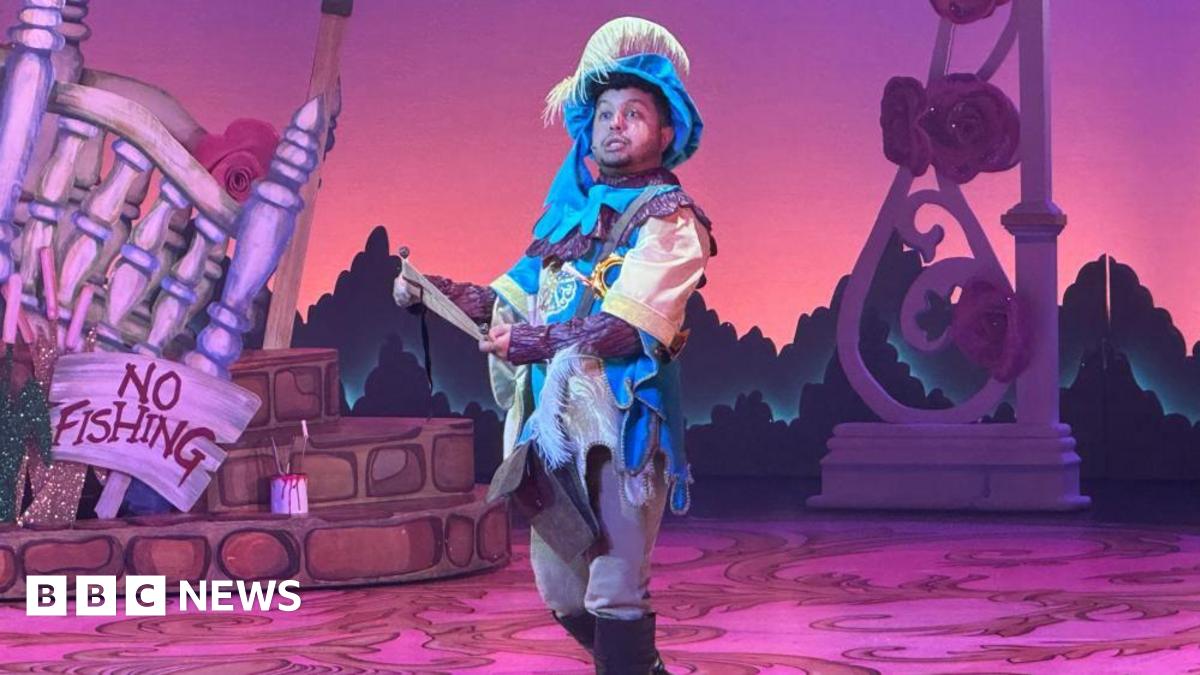Hardcore punk music fans showed their softer sides when they arrived at a Leeds gig armed with toy donations in aid of a Leeds City Council-run annual Christmas gift appeal.
Around 300 fans, along with the bands…
Hardcore punk music fans showed their softer sides when they arrived at a Leeds gig armed with toy donations in aid of a Leeds City Council-run annual Christmas gift appeal.
Around 300 fans, along with the bands…

Aditya Dhar’s Dhurandhar is creating waves not just in India, but outside the country as well. The film has already earned over Rs 500 crore worldwide and is setting new records in Bollywood box office history. The Ranveer Singh, Akshaye Khanna…

Get ready for the ultimate showdown as heavyweight opinions go head-to-head. Professional boxer and television personality Tommy Fury and his father boxing legend John Fury will have a verbal battle of the generations in new visualised podcast,…

Roadworks which have been in place for four months at a junction in Derby are set to come to an end this week.
The works have taken place since September to upgrade traffic lights, install new railings and resurface Five Lamps, which connects…
You don’t have permission to access…

Oxford City Council has granted permission to Thomas White Oxford, the development company of St John’s College, for a new public artwork commission titled ‘The Length of a Moment’ which will celebrate moths as essential pollinators created…

It will offer coworking spaces upstairs for 40 “young, creative people” in Sheffield from “all walks of life” for 18 months, with the group inviting people to make applications for the places from late January.
The initiative is backed by Alan…

“It’s amazing, especially as a local lad, [that] the first time I went to a theatre [it] was this theatre, sitting in these seats. So being able to step on that stage is amazing,” he said.
“I’m coming into the place where I’m usually just Zak [but…

A late music promoter would be “very proud” of the Christmas pantomime created by the theatre he was involved with, an actor and friend has said.
Mike Lloyd, who ran Music Mania in Hanley, Stoke-on-Trent, recently died unexpectedly, aged 82, while…